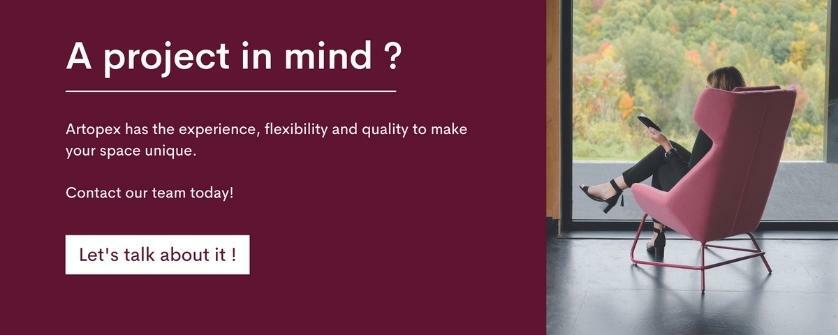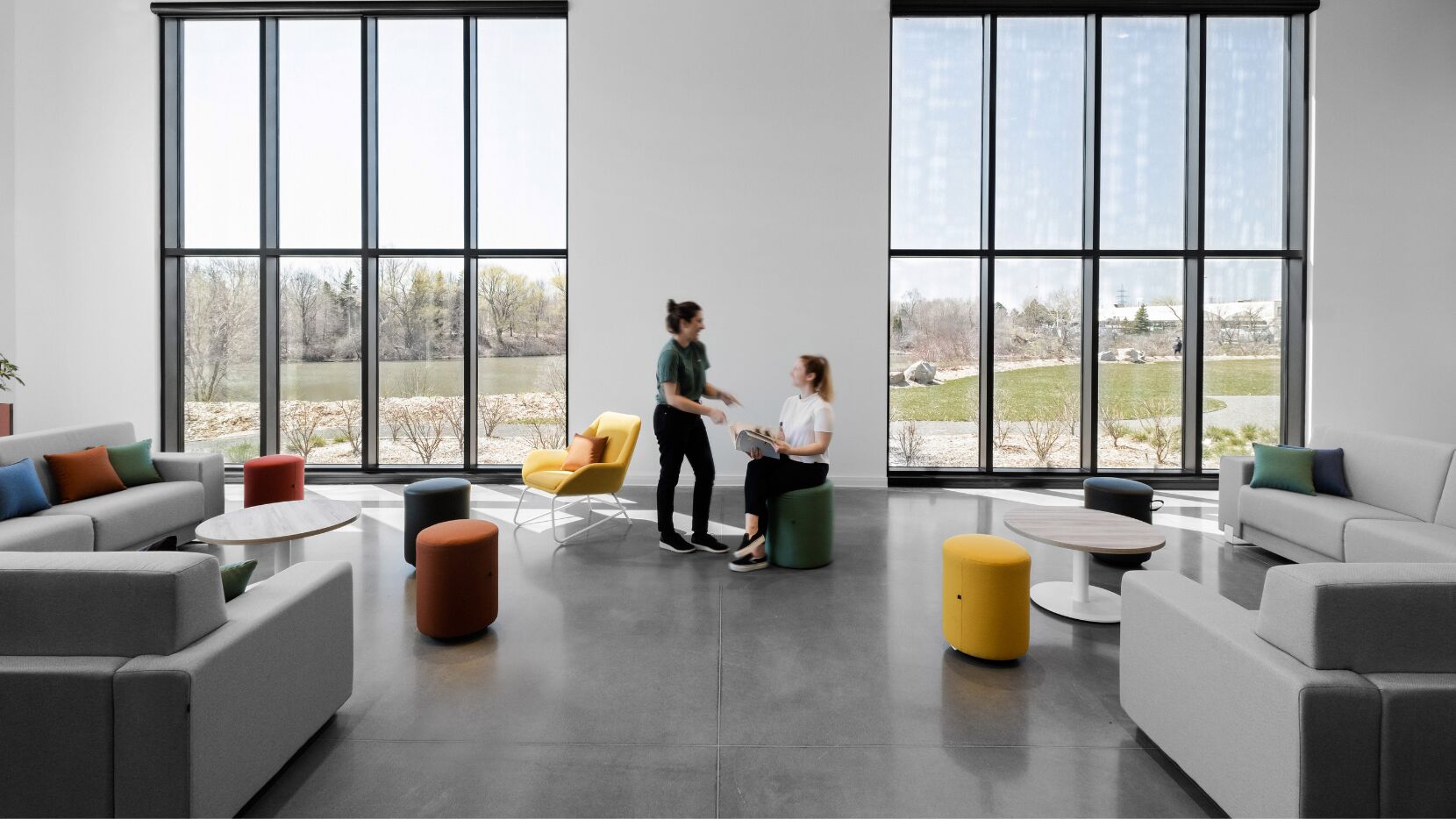In an ever-changing world, companies face challenges in maximizing the use of their resources while staying competitive. One of these often forgotten assets is unused office space. Indeed, a study conducted by CBRE (Coldwell Banker Richard Ellis) revealed that the office vacancy rate in Canada continued to rise in 2023, reaching 17.7%. This rate is explained by work habits, which have changed since the pandemic, and the rise in popularity of homeworking.
Companies will be looking to re-establish a balance between remote and face-to-face working. Office spaces can still play an essential role as centers of collaboration and creativity. Maintaining a certain physical presence also helps stimulate innovation and corporate culture.
One thing is for sure: office design has evolved in the past few years. Large, enclosed offices have given way to unassigned work surfaces and shared spaces. Faced with this new reality, companies can find themselves with vacant office space. By rethinking and redesigning these spaces, it's possible to create new opportunities to boost employee efficiency and productivity, while offering them an attractive and dynamic workspace!
Here are a few ideas for putting unused office space to good use:
Transform vacant offices into collaborative work zones
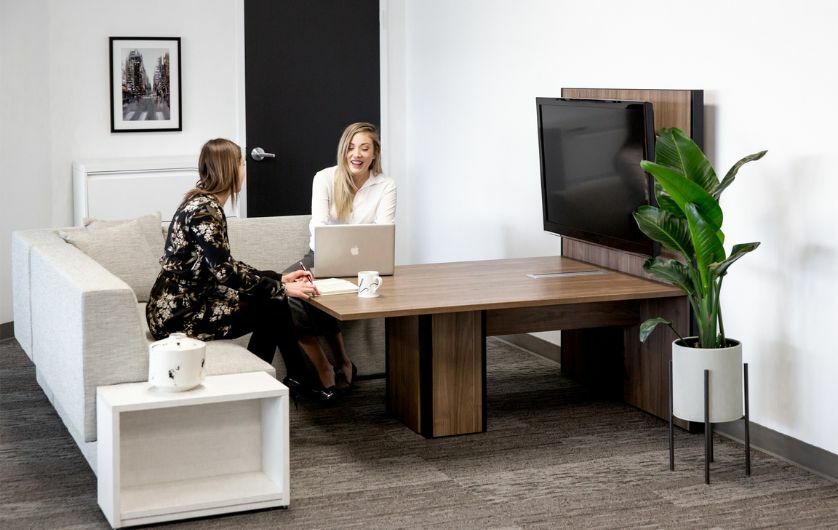
Converting vacant office space into collaborative workspaces can be an interesting solution if you want to improve environmental utilization while promoting exchange and offering greater flexibility. Here are just a few of the benefits of collaborative workspaces in the workplace:
- Encouraging collaboration: Collaborative spaces boost the exchange of ideas, communication, and collaboration between teams. By creating zones dedicated to collaboration, companies can encourage interaction and stimulate creativity, which can lead to innovative solutions and increased productivity.
- Flexibility and adaptability: These workspaces are generally more flexible and adaptable to the changing needs of teams. They create modular environments that can be reorganized to suit specific projects and tasks.
- Corporate culture and team cohesion: They can help reinforce corporate culture and team cohesion. By encouraging informal interaction and creating friendly environments, employees have the opportunity to get to know each other better, forge closer bonds and strengthen team spirit.
- Fostering innovation: Collaborative workspaces provide an environment conducive to innovation. The exchange of ideas, open discussion, and knowledge sharing between team members can lead to creative breakthroughs and new perspectives. This fosters a climate of innovation and encourages teams to push boundaries.
- The attraction for talent: Collaborative zones have become a norm in many sectors. Companies can attract and retain top talent by offering modern, flexible, collaborative work environments.
However, transforming spaces into collaborative zones can also have a negative impact on company culture, as it can also reduce access to the privacy and concentration needed to perform specific tasks. It is therefore important to provide employees with spaces for solo working, such as closed offices or free-standing Mute Box.
Transform vacant offices into relaxation areas
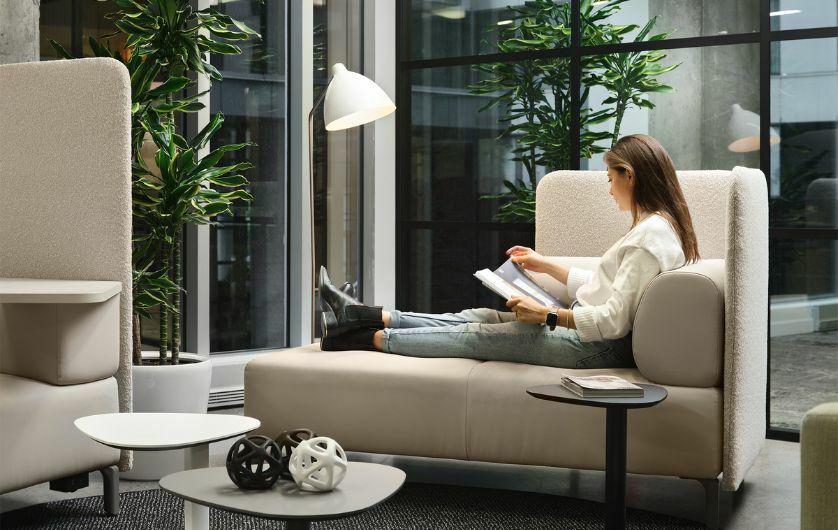
Relaxation areas are designed to provide a relaxed and comfortable environment for employees. These spaces can include sofas, armchairs, coffee tables, board games, etc. Lounge areas are particularly important in stressful work environments, as they enable employees to relax and recharge their batteries, which can help improve their productivity and overall well-being.
Lounge areas should not be seen as places to waste time, but rather as investments in employees' well-being and overall productivity. Indeed, they create opportunities for informal interaction between employees, fostering a greater sense of commitment to the company. These spaces can also reinforce your company's brand image and promote a culture of well-being and balance: a major attraction for the acquisition of new talent and the retention of existing talent!
Transforming vacant office spaces into relaxation areas can be relatively straightforward. All it takes is a few comfortable pieces of furniture, like the brand-new Artopex SC Lounge, soft lighting and a few decorative elements to create a welcoming, relaxing environment.
Turn your vacant offices into green spaces
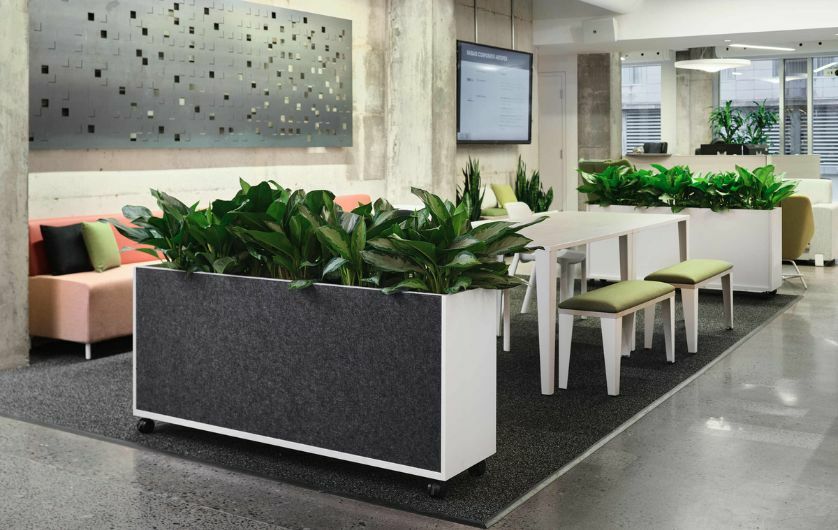
Converting vacant offices into green spaces can be an interesting solution for companies looking to improve their environmental impact and offer their employees a more pleasant workspace. In fact, biophilic spaces offer a multitude of advantages! Here are some of them:
- Improved air quality: plants filter out common pollutants found in work environments, such as building materials and electronic equipment.
- Reduced stress and anxiety: The presence of greenery and vegetation has a calming effect on people. Studies have shown that workspaces with vegetation reduce stress and anxiety levels, promote relaxation and improve employee mood. This can contribute to a more pleasant atmosphere and increased productivity.
- Increased productivity: Integrating biophilia into workspaces can improve employee concentration and productivity. Indeed, plants can help reduce mental fatigue and stimulate creativity, which is beneficial for cognitive tasks and problem-solving.
- Improved employee satisfaction: A pleasant, aesthetically pleasing work environment, with natural elements such as plants, helps increase overall employee satisfaction. This can foster a sense of belonging, well-being and pride in their workplace.
- Noise absorption: Some plants can act as natural sound absorbers, reducing ambient noise levels. They help to attenuate echoes and create a quieter, less distracting environment.
- Improved aesthetics and ambiance: Finally, the presence of greenery adds a visually appealing dimension to workspaces. Plants help to create a warm, welcoming and aesthetically pleasing atmosphere, which can have a positive impact on the mood of employees and visitors alike.
Looking for a quick and effective way to add green areas to your spaces? Opt for the green wall from Artopex's Take Off collection!
Transform vacant offices into training rooms
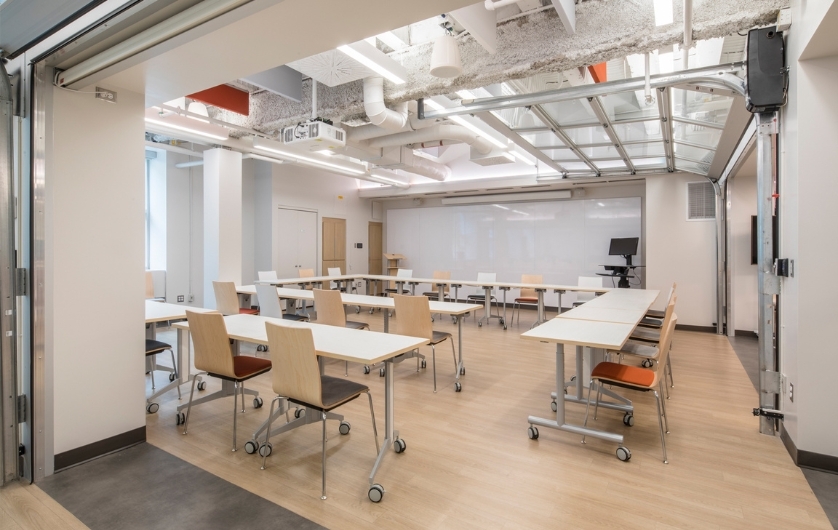
Turn unused offices into training rooms where employees can learn new skills or attend professional development programs. This will enhance internal skills and promote continuous learning within the company. Training spaces can take many forms, from meeting rooms equipped with presentation equipment to more informal, interactive training areas. For a flexible training space, opt for scalable furniture that adapts to different configurations, such as Artopex's Genius training table and educational seating.
As you can see, there are plenty of opportunities for redesigning your space. Before taking action, it's important to consult your employees about their preferences. Collaborative zone, relaxation area, green space or training room: choose the type of layout that will be most beneficial to the company and the team!
Stay tuned for the second part of this article, which will focus on analyzing the use of workspaces, in particular with the ELIA platform. Among other things, this platform can be used to reserve workspaces, promote face-to-face collaboration, synchronize office attendance and collect data to better understand employees' habits.
